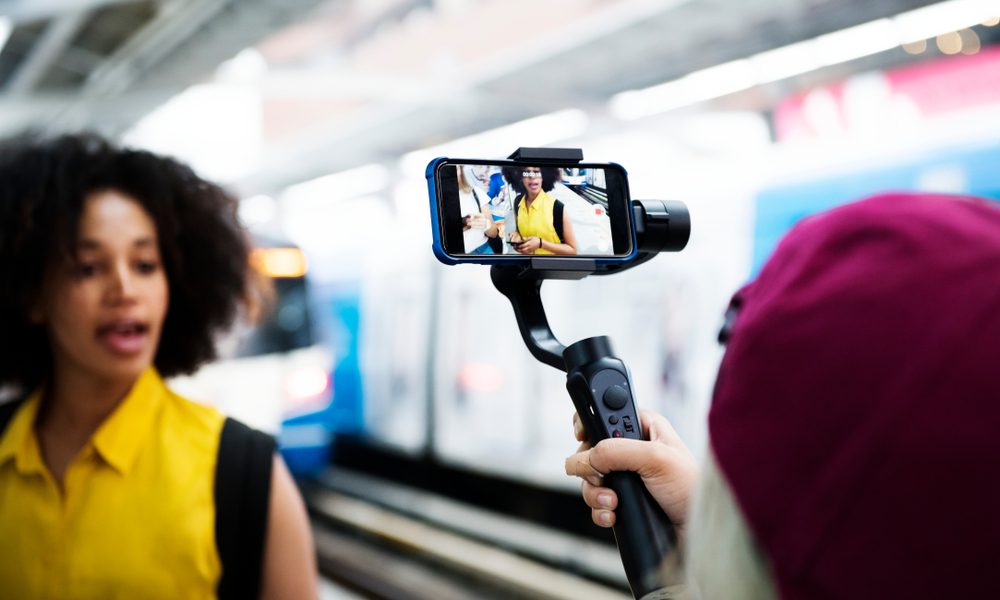We all know that the cost to acquire a new customer is five to seven times greater than the cost to keep an existing one. It’s Business 101. Yet, a mistake that many companies often make is not actively engaging and rewarding their current customers. A recent study found that the average Top 100 brand saw a 46% decline in “high loyals,” or customers who make at least 70% of their category purchases from a single brand name over the course of a year. Switching to competitive products and price discounts and just some of the reasons consumers jump ship. In this environment, loyalty and reward programs have become even more important to help keep those existing, loyal customers.
Here are five simple steps to keep those programs humming:
1) Make it easy. No matter how much your customers love your product or service, they are not interested in jumping through hoops to be rewarded for their loyalty. Keep your loyalty program simple, engaging and user-friendly. Use technology to run your loyalty programs that adds value to the customer experience without adding unnecessary steps for the consumer. Follow the lead of the fastest growing companies in the world (Facebook and Groupon are two examples) and maintain a relentless commitment to the consumer experience. Map out your entire loyalty experience and the steps it takes for customers to achieve your rewards. Does your loyalty program allow users to earn rewards for multiple, every day actions or are they required to follow a set of specific rigid steps to obtain rewards? The easier it is and more reward options you provide, the more appealing it will be for the customer.
2) Keep it timely. It’s no surprise that people love immediate gratification. Reduce the time it takes between completing the loyalty action you want a customer to take (sale, register, referral, like/follow) and obtaining the corresponding reward, and watch customer engagement and activity soar. Your customer will associate the immediate positive reinforcement received from the completed action with your brand, strengthening your brand’s position for that customer. Also, make sure your rewards tie into activities that have context in your customers’ lives—be it holidays, graduations, birthdays, back to school or the changing seasons.
3) Make it valuable. That doesn’t necessarily mean expensive. Do your homework and find out what your customers value the most. Is it discounts, cash back, charitable contributions or upgrades in services? The main goal is that they, as loyal customers, feel that they are being recognized separately and apart from the rest of your customer base. For example, Chase Credit Cards Services and British Airways added a reward that was unique to their customers. Help them understand the value of your rewards and how they can continually earn more. Establish reward tiers so that the most active customers receive higher-level incentives made only available to them. Inject randomness into the program for that element of surprise like grocer Market Street did. Additionally, make your rewards currency ubiquitous. The more opportunities there are to earn, the more consumers earn. The more they earn, the more they spend. And the more they spend, the closer the emotional connection to your brand. And that is something money can’t buy—true loyalty.
4) Make it measurable. Evaluate your program by monitoring the reward redemption rate before and after adjustments in various areas including relevancy, value and timing of specific rewards. Identify trends and utilize findings to procure buy-in from necessary departments and strategically plan future reward offerings. Run test programs of potential reward incentives before implementing to your entire customer base. Also, don’t forget to compare your loyalty program with the competition. What do they offer their loyal customers? Does it appear successful?
5) Make it flexible. Remain nimble and don’t allow your loyalty program to get stuck in neutral. Build in regular assessment periods and adjust your program based on the findings. Keep an eye on your competitors and your industry. Lead the pack. The loyalty companies that succeed, that make news, and that generate new users because of their offering are those that challenge the status quo. Review available new loyalty technology and how it might help you increase customer value while driving your business goals. Technology empowers and breaks down barriers—leverage it correctly and your program will reach new heights. Talk to your customers and ascertain whether your loyalty program is hitting its mark or not. Don’t be afraid to experiment and constantly evolve to maintain a unique program that caters to your customer base. Your customers and bottom line will appreciate it.
Tom Guenette is director of marketing at FreeCause. He can be reached at [email protected].

 Network
Network

